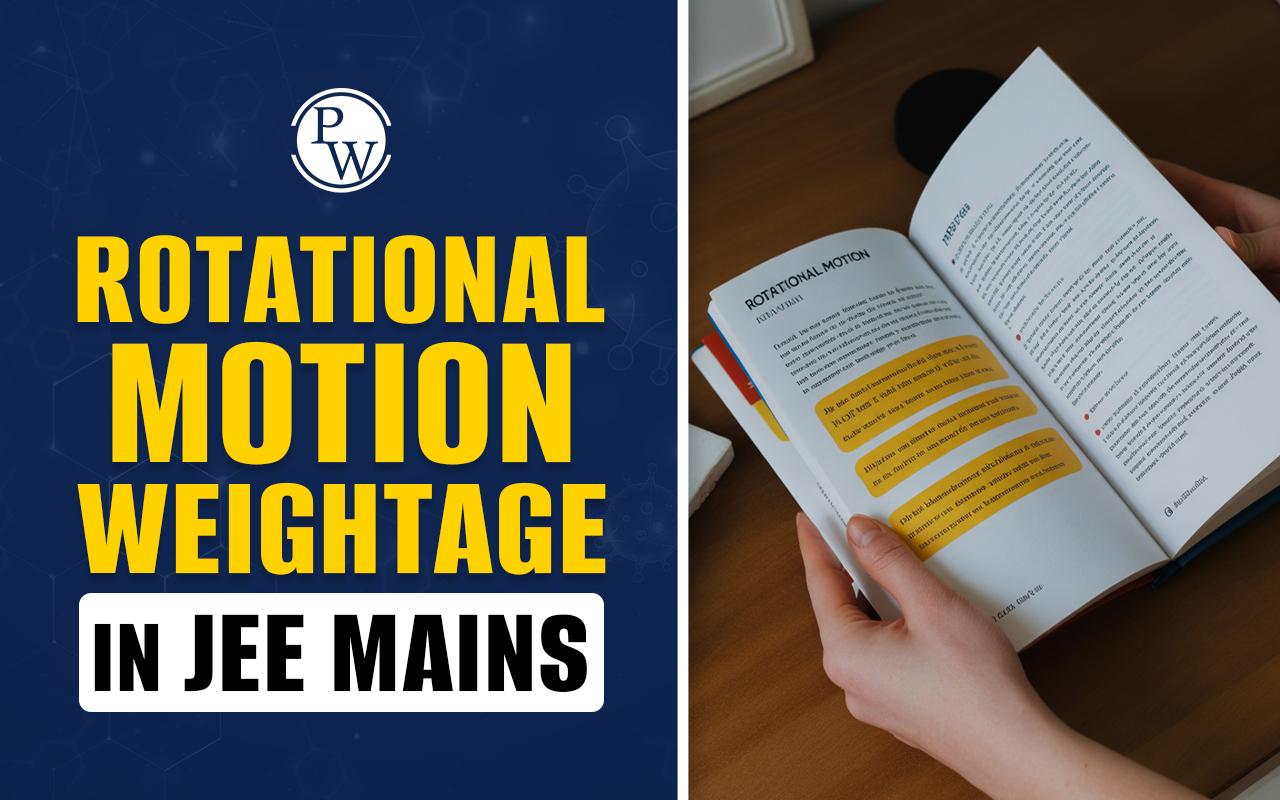
Law Of Chemical Combination In Chemistry : Chemistry is often filled with intricate laws and principles that govern the behaviour of matter. One such fundamental principle is Gay-Lussac’s Law of Gaseous Volumes, which sheds light on how gases behave under certain conditions. Let's embark on a journey to unravel this law of gaseous volume in simple terms and explore its significance.
The gay lussac law of gaseous volume plays an important role in understanding chemical reactions involving gases, as it links the volumes of reactants and products in simple whole-number ratios. This makes it an important concept in stoichiometry, gas laws, and industrial chemical processes. Whether it’s in laboratory experiments or large-scale manufacturing, the law of gaseous volume helps chemists predict and control the outcome of reactions with accuracy.
What is Gay-Lussac’s Law of Gaseous Volumes?
Gay-Lussac’s Law of Gaseous Volumes, formulated by the French chemist Joseph Louis Gay-Lussac in the early 19 th century, states that when gases react, they do so in volumes that bear a simple ratio to one another and to the volume of the gaseous products, provided all volumes are measured at the same temperature and pressure. This is why it is also known as the law of gaseous volume in chemistry.
To understand Gay-Lussac's law of gaseous volumes better, let's break it down into simpler terms. Imagine you have two gases, Gas A and Gas B, enclosed in separate containers. When these gases react with each other, they do so in volumes that can be expressed as simple whole number ratios. This means that if Gas A reacts with Gas B to form a product, the volumes of the reactant gases and the product gas can be related by small whole numbers.
Gay-Lussac’s Law of Gaseous Volumes : Definition
According to gay lussac law of gaseous volume, gases react with each other in the simple ratio of their volumes and if products are also gases, then they are also in simple ratio of volume provided that all volumes are measured at the same temperature and pressure.
Gay-Lussac’s Law of Gaseous Volumes : Example
Ex.1. One volume of nitrogen combines with 3 volumes of hydrogen to from 2 volumes of ammonia.
Simple ratio : 1 : 3 : 2
Note: This law of gaseous volume is used only for gaseous reactions. It relates volume to moles or molecules but does not relate to mass.
Significance of Gay-Lussac’s Law
Stoichiometry : This law is essential for stoichiometric calculations, which involve determining the quantitative relationships between reactants and products in chemical reactions. By knowing the volume ratios in which gases react, chemists can predict the volumes of products formed in reactions.
Gas Behavior: Gay-Lussac’s Law provides insights into the behaviour of gases under different conditions. It helps us understand how gases combine with each other and with solids or liquids to form new substances.
Experimental Verification: Numerous experiments have confirmed the validity of the law of gaseous volume, solidifying its importance in understanding gas behaviour and chemical reactions.
Gay-Lussac’s Law of Gaseous Volumes : Solved Example
Q.1. For the gaseous reaction, H 2 + Cl 2 → 2HCl. If 40 ml of hydrogen completely reacts with chlorine then fund out the required volume of chlorine and volume of produced HCl?
Sol. According to Gay Lussac’s Law:
H 2 + Cl 2 → 2HCl.
∵ 1 ml of H 2 will react will 1 mol of Cl 2 and 2 ml of HCl will produce.
∴ 40 ml of H 2 will react with 40 ml of Cl 2 and 80 ml of HCl will produce required vol. of Cl 2 = 40 ml, produced vol. of HCl = 80 ml.
Q.2. 2.5 ml of a gaseous hydrocarbon exactly requires 12.5 ml of oxygen for complete combustion and produces 7.5 ml of carbon dioxide and 10.0 ml water vapour. All the volumes are measured at the same pressure and temperature. Show that the data illustrates Gay Lussac’s law of volume combination.
Sol. V hydrocarbon : V oxygen : V carbon dioxide : V water vapour
= 2.5 : 12.5 : 7.5 : 10.0
= 1 : 5 : 3 : 4 (simple ratio)
Hence, the data follows Gay-Lussac’s Law of Gaseous Volumes and proves the law of gaseous volume.
Prepare for JEE Chemistry with Online Courses
If you are preparing for JEE, learn concepts like the gay lussac law of gaseous volumes is important for scoring well in Chemistry. PW online JEE coaching platforms offer interactive video lectures, topic-wise tests, and doubt-solving sessions that make learning efficient. By practising numerical problems based on the law of gaseous volume, students can strengthen their problem-solving skills and improve their overall JEE performance from the comfort of their home.Law of Chemical Combination In Chemistry FAQs
Q.1 : What is Gay-Lussac’s Law of Gaseous Volumes?
Q.2 : How does Gay-Lussac’s Law apply to real-life situations?
Q.3 : Why is Gay-Lussac’s Law important in chemistry?
Q.4 : How can Gay-Lussac’s Law be applied in stoichiometry?
Q.5 : Can you explain Gay-Lussac’s Law in simpler terms?










